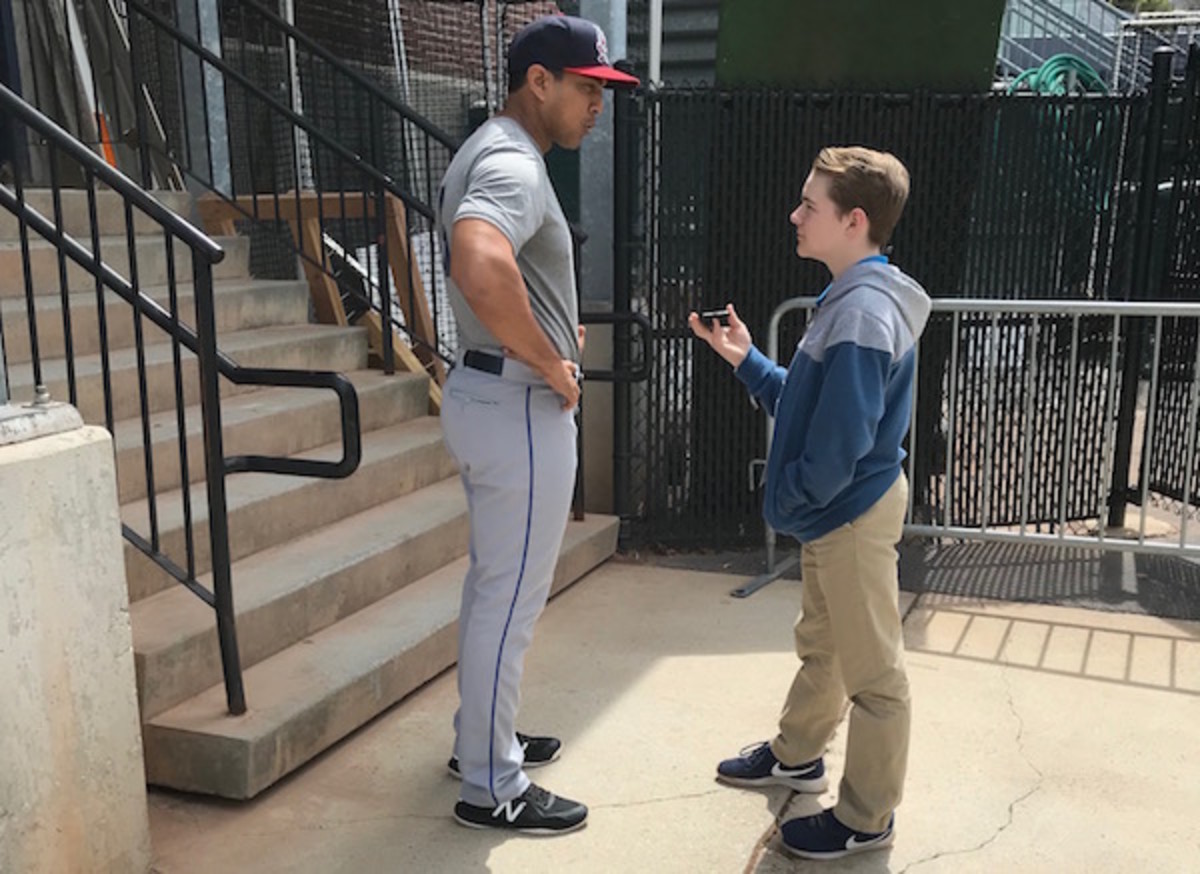Minor League Baseball Adapts to New Pace-of-Play Rules

A minor league baseball ticket has long been one of the best deals in sports. This season, however, fans figure to get a little less time at the ballpark for their money.
As MLB rolls out pace-of-play initiatives, minor league teams serve as guinea pigs for some of the more radical rule changes meant to shorten the length of the games. While the majors added a limit on the number of mound visits this season, Double and Triple A leagues have adopted that measure and several others. So far, the reaction from managers has been mixed.
One of these new rules is a pitch clock. Pitchers in Double and Triple A will be allowed no more than 15 seconds to begin their wind-up or motion. The clock starts to tick down once the pitcher has possession of the baseball on the pitcher’s mound. When at least one runner is on base, the clock goes up to 20 seconds.
“One of the things that we emphasize in the organization is for guys to work at a quick pace—not to rush—but to work where the defense behind them is staying engaged and they don’t have to wait 30 seconds in between every pitch,” said Darren Fenster, manager of the Boston Red Sox’ Double A affiliate Portland Sea Dogs.
Another rule change limits the number of mound visits a team is permitted in each game. Although short-season and rookie league clubs do not have a cap, every league above them does. Single A clubs get ten visits, Double A teams get eight, while Triple A and MLB teams are restricted to six.
“We started the season very aware of the amount of mound visits,” said Luis Rojas, manager of the Mets’ Double A affiliate, the Binghamton Rumble Ponies. “We talked about how we were going to approach it at the start of the season. What type of sign [the catcher was] going to use. If they were going to go, they needed to wait for a coach, because if the catcher goes and talks to the pitcher and leaves the mound, and then a coach comes out, it will count as two visits.”

Binghamton manager Luis Rojas and Kid Reporter Andersen Pickard
The last rule change, and by far the most drastic one, mandates a runner to be placed on second base during every extra inning. The batter who was last to bat in the previous inning, or a substitute, is placed on second base before each team’s respective half inning of offense.
“We’ve only played a couple extra inning games, but I’m a little bit of a baseball traditionalist so I definitely do not love it, especially in the tenth inning,” Fenster said.
So should fans expect the pitch clock or automatic runner-on-second in the big leagues?
“I don’t think so,” Fenster said.
In the previous few seasons, the MLB has done other things to speed up their games. The league set a limit to the number of plays a manager can challenge, like in the NFL. The previous rule allowed managers to ask an umpire to review any and all plays.
Despite these efforts, the average time of a MLB game hit 3:05:11 in 2017, the highest in Major League Baseball history. That may lead to the big leagues adopting rules to which minor league manager and players are already adjusting, if not loving.
Image credits: Carl D. Walsh/Portland Press Herald/Getty Images (pitch clock); Courtesy of Andersen Pickard (Rojas)
